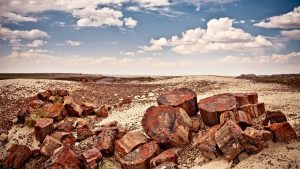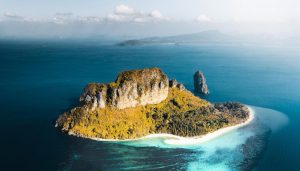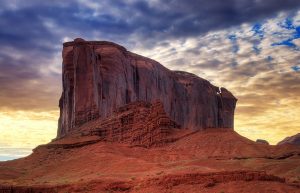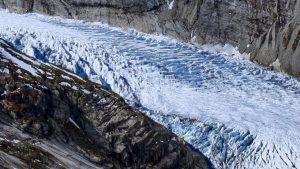
28 interesting facts about Aurora Borealis (Northern Lights)
- 👁️ 1403
The Aurora Borealis, or Northern Lights, is a natural light display that has fascinated humanity for centuries. This celestial phenomenon occurs in the Earth’s polar regions and is best viewed in high-latitude areas around the Arctic and Antarctic. The Northern Lights are not only a spectacular sight but also a subject of scientific study, as they provide valuable insights into the Earth’s magnetosphere and solar activity. With their vibrant colors dancing across the night sky, the Aurora Borealis continues to inspire wonder, folklore, and artistic expression. Let’s explore some interesting and informative facts about the Aurora Borealis that highlight its beauty, science, and the cultural significance it holds across the world.
- The Aurora Borealis is caused by collisions between electrically charged particles from the sun that enter the Earth’s atmosphere.
- These particles are drawn towards the poles by the Earth’s magnetic field, which is why the aurora occurs closer to the magnetic poles.
- The most common colors seen in the Aurora Borealis are green and pink, caused by oxygen molecules located about 60 miles above the Earth.
- Blue, purple, and red lights can also appear, depending on the type of gas molecules involved and their altitude.
- The name “Aurora Borealis” comes from the Roman goddess of dawn, Aurora, and the Greek name for the north wind, Boreas.
- Auroras also occur in the southern hemisphere, where they are known as the Aurora Australis or Southern Lights.
- The best time to view the Aurora Borealis is during the winter months in the Northern Hemisphere, due to longer periods of darkness and clear nights.
- Solar cycles play a significant role in the intensity and frequency of auroral displays, with a peak in activity every 11 years.
- The indigenous Sámi people of Scandinavia have numerous legends about the aurora, often relating them to the spirits of their ancestors.
- The first scientific explanation of the Aurora Borealis was provided by Norwegian scientist Kristian Birkeland in the early 20th century.
- Auroral displays can vary in shape, with common forms including diffuse patches, arcs, curtains, and coronas.
- Historical accounts of auroras date back to ancient times, with descriptions found in texts from the Babylonians, Greeks, and Chinese.
- The intensity of the Aurora Borealis can change rapidly, resulting in a dynamic display that can last from a few minutes to several hours.
- The strongest aurora can cause magnetic storms that interfere with electrical power grids and communication systems on Earth.
- The Aurora Borealis has been photographed from space, showing the extent of its reach around the polar regions.
- In medieval times, the appearance of the aurora was often interpreted as a sign of war or famine.
- The town of Churchill in Manitoba, Canada, is one of the world’s most famous locations for viewing the Northern Lights.
- Auroral activity is now forecasted with the help of satellites that monitor the sun’s activity, helping tourists and enthusiasts plan their viewing trips.
- Folklore in many cultures has attributed the lights to dragons, spirits, or the reflection of large fires.
- The Aurora Borealis has inspired numerous works of art, poetry, and music, capturing its ethereal beauty.
- In 1621, French astronomer Pierre Gassendi was the first to name the phenomena “Aurora Borealis.”
- Auroras can be seen in lower latitude areas during periods of strong solar activity, even reaching as far south as Mexico.
- The different types of auroral displays have been categorized into discrete auroras, which have well-defined features, and diffuse auroras, which are less bright and lack distinct forms.
- A myth among the Inuit describes the aurora as the spirits of the dead playing football with a walrus skull.
- The first photograph of the Aurora Borealis was taken in 1892 by Martin Brendel and Otto Baschin during an expedition to Norway.
- Scientists use instruments like all-sky cameras and magnetometers to study the aurora and predict its activity.
- Certain animals, including reindeer, have been observed reacting to the aurora, although it remains unclear if they can see the colors or are reacting to sounds associated with it.
- The study of the aurora helps scientists understand more about solar wind, the Earth’s magnetosphere, and how the planet’s atmosphere is affected by space weather.
The Aurora Borealis remains one of the most captivating and beautiful natural phenomena on Earth. With its rich history of observation and study, it continues to be a source of inspiration and wonder for people around the world. Whether viewed from the icy landscapes of the Arctic or through images captured by satellites in space, the Northern Lights remind us of the dynamic and interconnected nature of our planet and the universe beyond. As research and technology advance, we can look forward to uncovering even more about this dazzling display and its implications for our understanding of Earth and space.











